2024-11-28|撰文者:曙畫廊
「風景畫」作為一種將自然或人文景觀融入繪畫元素的藝術表現形式,在東西方都有源遠流長的歷史。肯尼斯・克拉克(Kenneth Clark)等學者將此類題材作品視為觀看自然的方法,從而指出相關繪畫所映射出的歷史中隱藏的社會學深層結構的意義。其實,風景畫並不只是單純地再現自然景物。風景畫實際上所呈現的絕非僅是客體對象的再現,在創作者從擇題、布局乃至選用特定的風格技法時,早已融入時代的環境影響以及藝術家的美學思維,讓作品既有宏觀的視野,也能展現對自然的細膩省思。
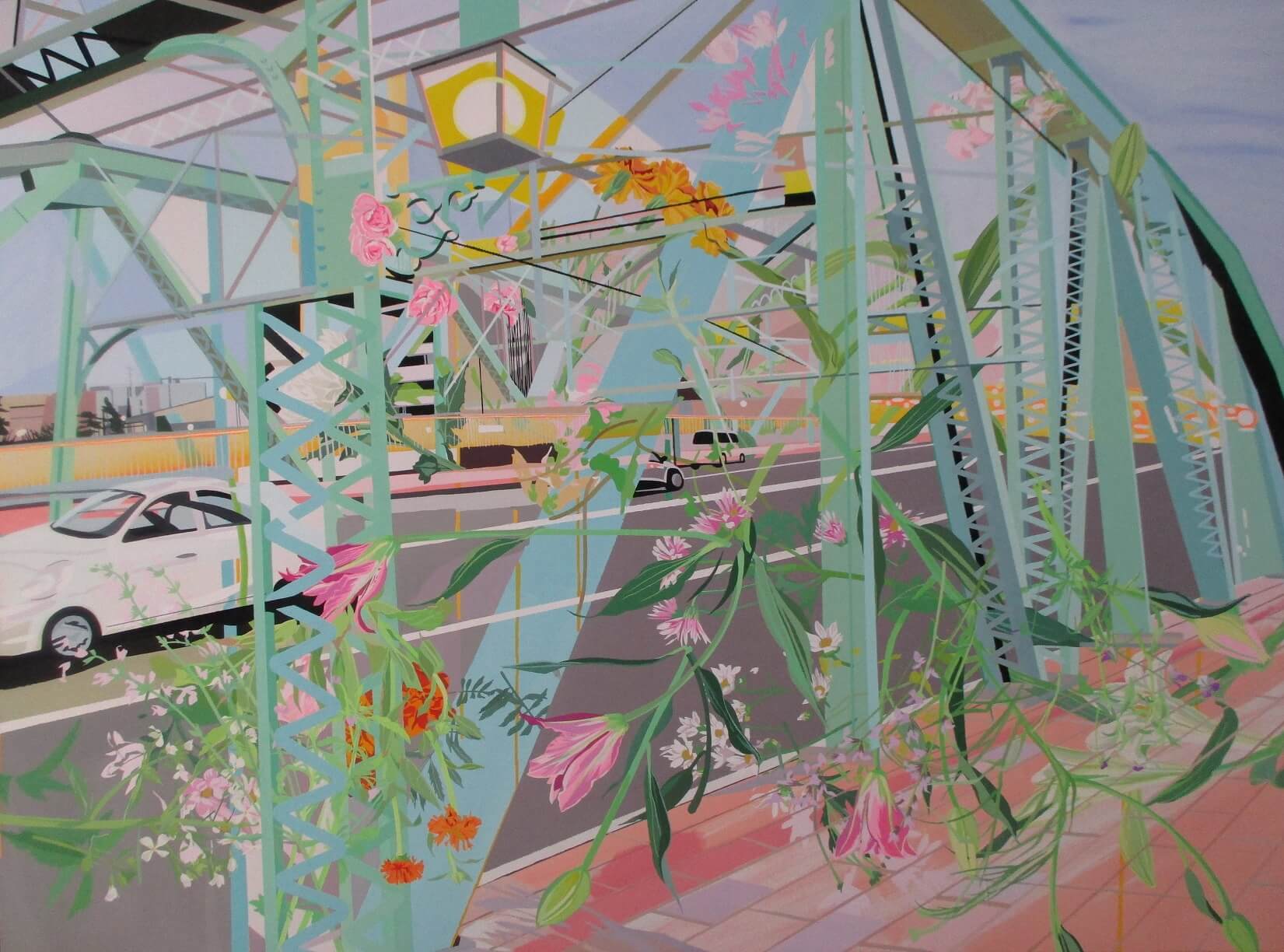 迷失的風景 No.211,壓克力、畫布,97x130.3cm,2024。圖/曙畫廊提供
迷失的風景 No.211,壓克力、畫布,97x130.3cm,2024。圖/曙畫廊提供
然而,隨著科技文明的持續發展和都市空間的不斷擴張,人與自然的關係漸漸疏離,風景畫的意蘊迥別於往昔。在多摩美術大學中專攻美術研究的長谷川彩織,其繪畫創作便藉由觀看、存在與時間等不同的面向,探索著日常所習視「風景」的本質意義。在一系列以「迷失的風景」為題的作品中,著重於描繪因匆忙而掠眼即逝的景觀,揭示此類題材的當代意義。
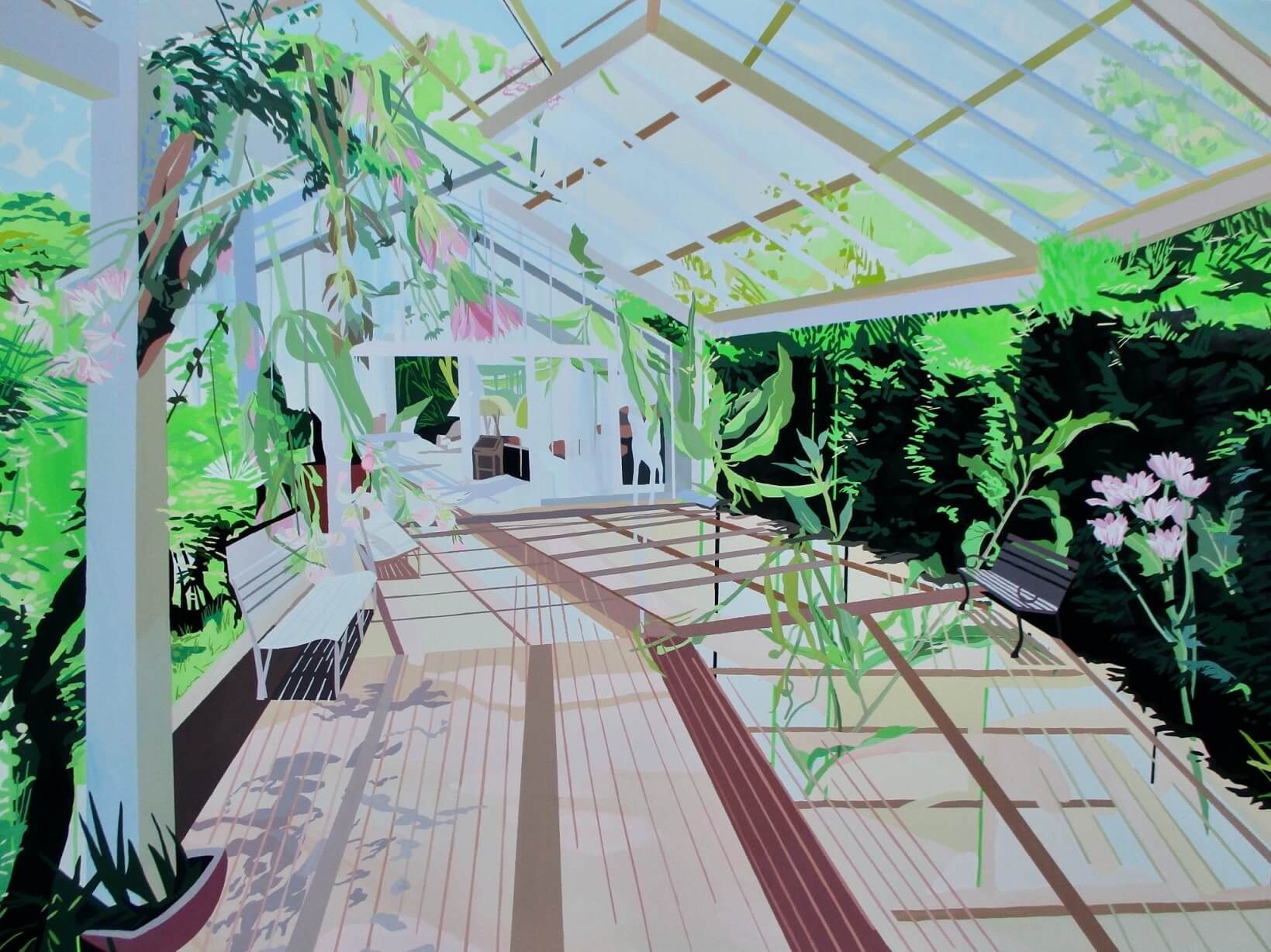 迷失的風景 No.227,壓克力、畫布,97x130.3cm,2024。圖/曙畫廊提供
迷失的風景 No.227,壓克力、畫布,97x130.3cm,2024。圖/曙畫廊提供
此次長谷川彩織於台灣的首次個展「迷失的風景」亦展現了她在藝術探索上的逐步深化。透過景物為題的圖像作品中,尤為聚焦於對意識視閾的勾勒—那些我們過於熟悉的日常微小光景,成為藝術家筆下試圖喚醒觀者的過隙潛相,讓觀眾重新審視自己的視角、重新認識身邊的世界。
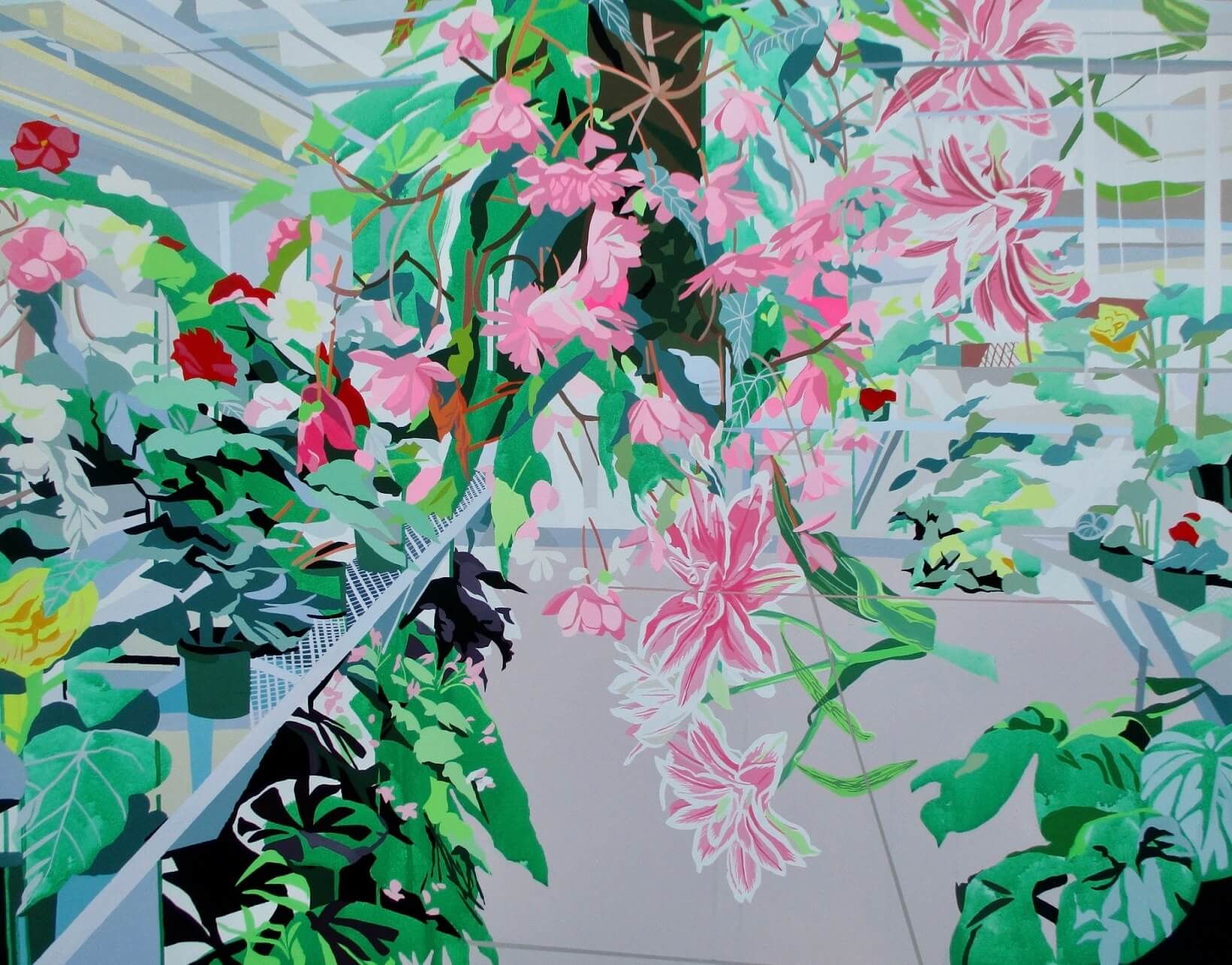 迷失的風景 No.228,壓克力、畫布,72.7x91.0cm,2024。圖/曙畫廊提供
迷失的風景 No.228,壓克力、畫布,72.7x91.0cm,2024。圖/曙畫廊提供
異於多數創作者可能透過空氣透視法來突顯遠近、主次的方式,對於長谷川彩織而言,即便部分元素往往常被遺漏,但眼觀所及的物像皆應為獨立個體。因此其刻意捨棄常見的透視法,仍以清晰的分界與明豔的色相來描繪遠景。在這些繪畫中的圖像,雖根植於現實日常,但在用色極為飽和的彩度之下,氛圍恍若幻境,並展現出強烈的視覺衝擊力。
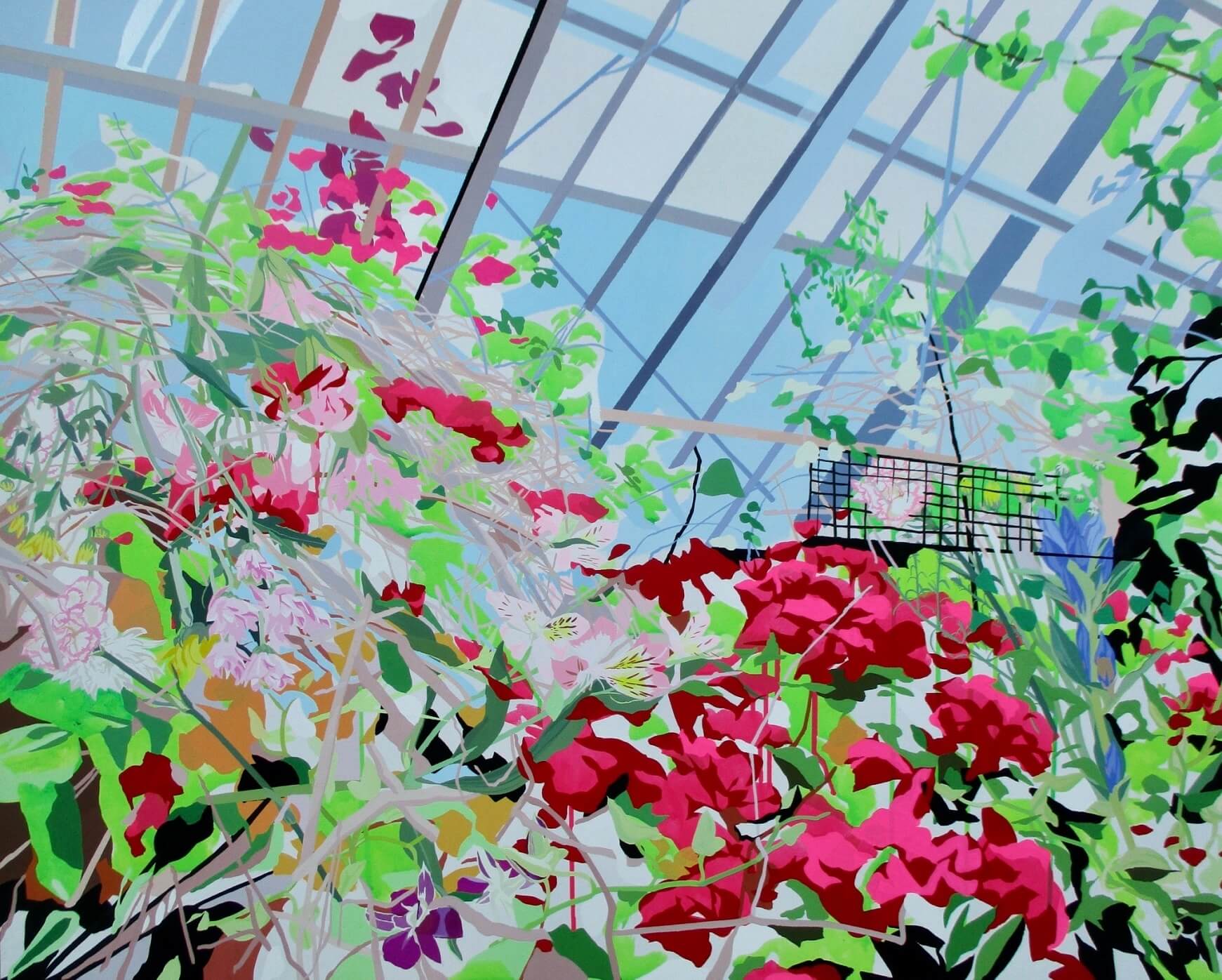 迷失的風景 No.229,壓克力、畫布,72.7x91.0cm,2024。圖/曙畫廊提供
迷失的風景 No.229,壓克力、畫布,72.7x91.0cm,2024。圖/曙畫廊提供
長谷川所意欲強調的風景係囊括現實世界的一面,亦是最慣為常見而被忽視的一面,與日常生活須臾不離。其藝術風格彰顯出自身對於景觀、物像的獨到理解,繪畫中的特殊視角和充沛情感,既再度喚起人們對身邊事物的再度省視,亦為當代風景畫注入了新的活力。
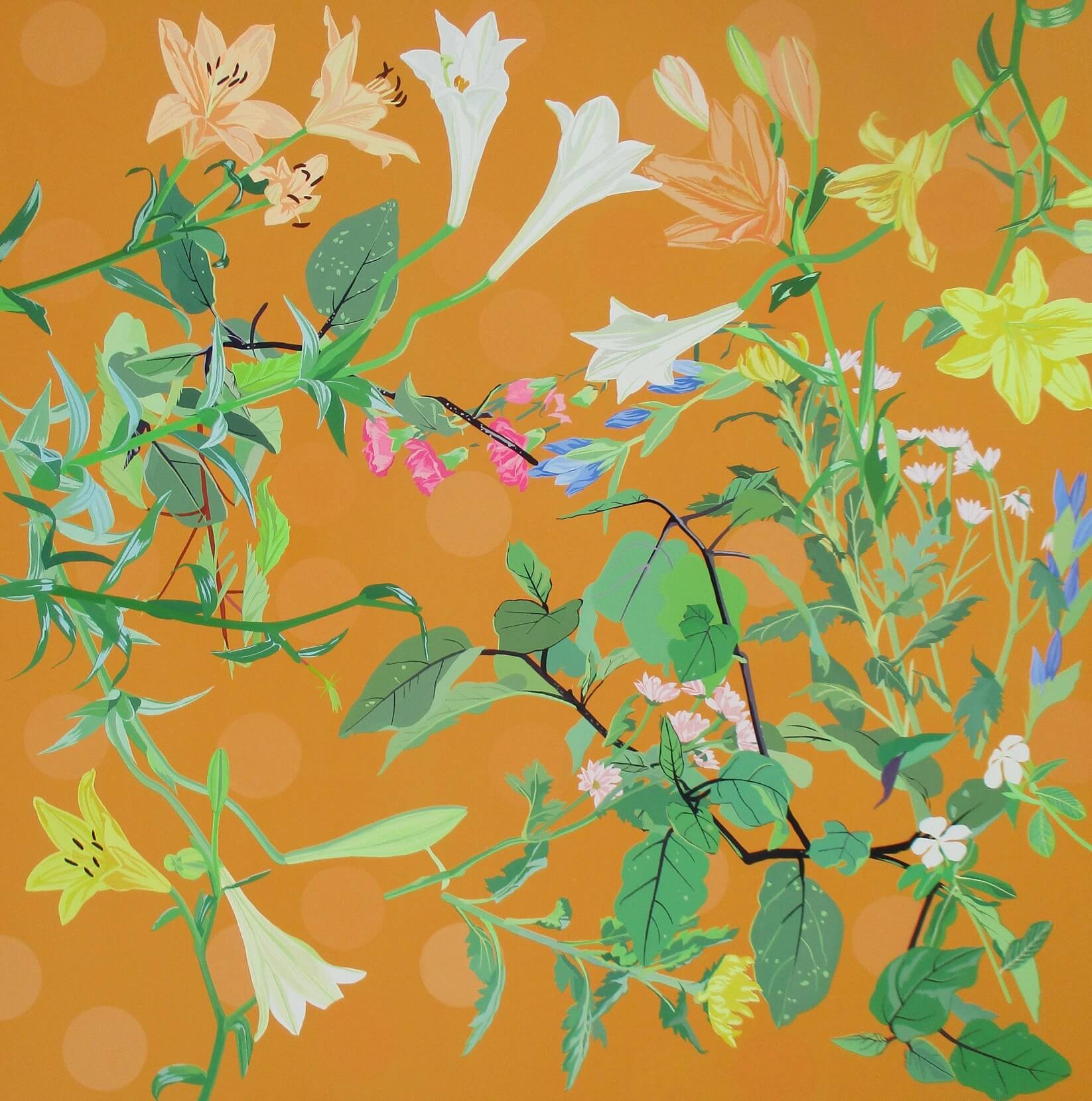 迷失的風景 No.237,壓克力、畫布,100x100cm,2024。圖/曙畫廊提供
迷失的風景 No.237,壓克力、畫布,100x100cm,2024。圖/曙畫廊提供
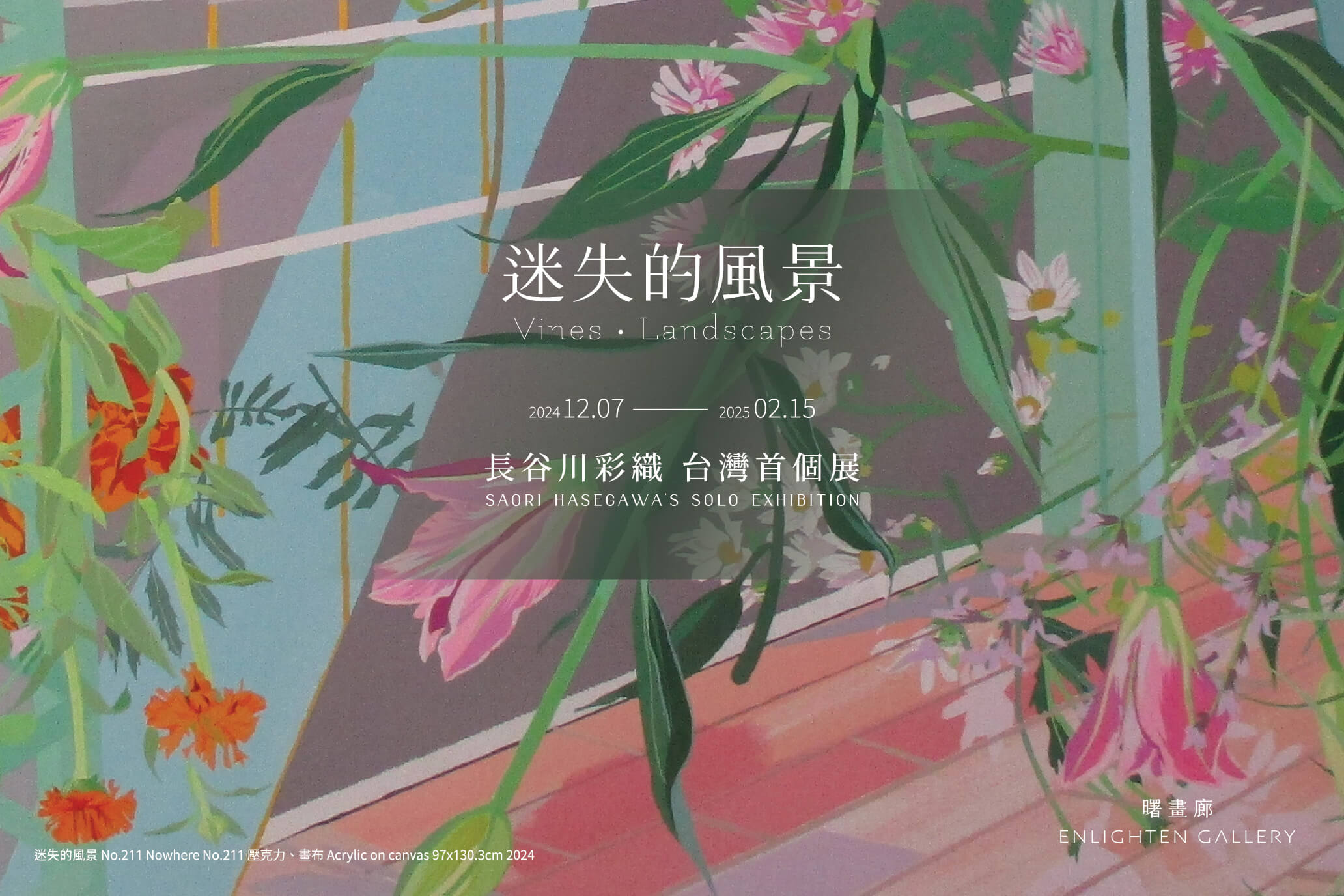 迷失的風景——長谷川彩織台灣首個展
迷失的風景——長谷川彩織台灣首個展
展期|2024.12.07-2025.02.15
開幕茶會|2024. 12.07(六)15:00
地點|曙畫廊 (台北市士林區士東路222號1樓)
Tel|+886-2-28310558
Landscape painting, as an art form that integrates natural or cultural scenery into pictorial elements, has a long and rich history in both Eastern and Western cultures. Scholars like Kenneth Clark have considered these works as ways of observing nature, highlighting the underlying sociological structures they reflect throughout history. In reality, landscape painting is far more than a simple depiction of natural scenes. The choice of subjects, composition, and specific styles or techniques used by artists often reflect the influence of their era and their own aesthetic philosophy, allowing the works to present both a broad perspective and a nuanced reflection on nature.
However, as technological advances continue and urban spaces expand, the relationship between humans and nature has gradually become more distant, giving landscape painting a contemporary significance different from the past. Saori Hasegawa, who specialized in fine arts research at Tama Art University, explores the essence of our everyday “landscapes” through the lenses of observation, existence, and time. Her series “Nowhere” focuses on fleeting scenes that often escape notice in our hurried lives, revealing their contemporary relevance.
Saori Hasegawa’s first solo exhibition in Taiwan, Vines・Landscapes, showcases the deepening of her artistic exploration. Her images, focused on scenes from nature, emphasize the delineation of the thresholds of awareness—those small, familiar moments from everyday life that the artist captures to awaken the viewer’s perception. Through these works, she invites the audience to reassess their own perspectives and rediscover the world around them.
In “Vines & Landscapes,” Hasegawa intertwines plants (vines) and scenery (landscapes) into a symbiotic relationship. Unlike many artists who use aerial perspective to emphasize depth and hierarchy, Hasegawa believes that every element, even those often overlooked, should stand as an independent presence. Thus, she deliberately abandons traditional perspective techniques, instead employing crisp delineations and vivid colors to depict distant scenes. While her imagery is rooted in everyday reality, the use of intensely saturated hues creates a dreamlike atmosphere with striking visual impact.
Hasegawa emphasizes that her landscapes capture both a familiar yet often overlooked aspect of the real world, one intimately connected to everyday life. Her unique approach to depicting scenery and objects reveals a distinctive understanding, with her artwork's special perspectives and rich emotion reigniting awareness of the overlooked and injecting new vitality into contemporary landscape painting.
REACTIONS
1
0
0
0
0